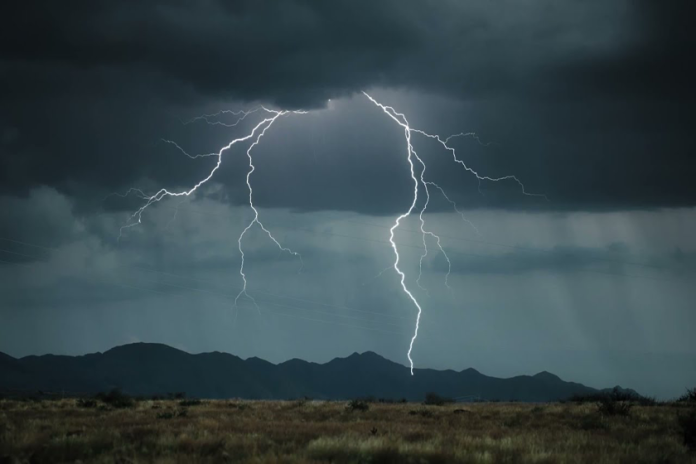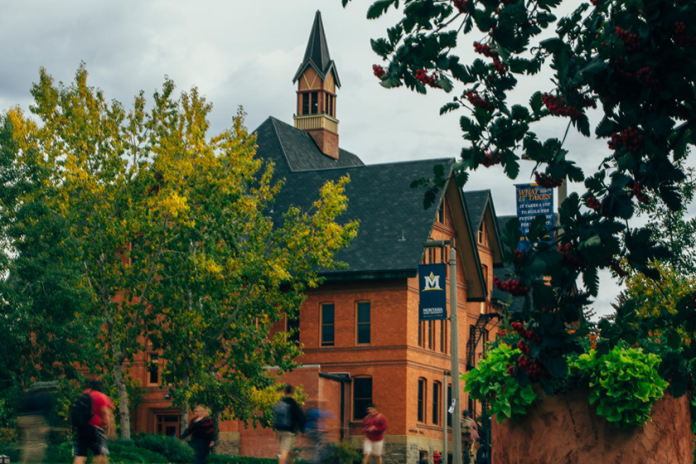These Bavarian Cream Donuts are a delightful treat, filled with a smooth, rich Bavarian cream that makes them incredibly indulgent. I can never resist biting into one, with the sweet cream oozing out. If you’re craving something light yet decadent, these are the donuts you need in your life.
Ingredients:
For the Donut Dough:
2 ¼ tsp (1 packet) active dry yeast
½ cup warm milk (110°F/45°C)
3 cups all-purpose flour
¼ cup granulated sugar
½ tsp salt
2 large eggs
1 tsp vanilla extract
6 tbsp unsalted butter, softened
Vegetable oil (for frying)
For the Bavarian Cream Filling:
2 cups whole milk
½ cup granulated sugar, divided
4 large egg yolks
¼ cup cornstarch
1 tbsp unsalted butter
1 tsp vanilla extract
1 cup heavy cream, whipped to soft peaks
For the Sugar Coating:
½ cup granulated sugar (or powdered sugar for dusting)
Directions:
Activate Yeast:
In a small bowl, combine warm milk and yeast. Let sit for 5-10 minutes until foamy.
Make Dough:
In a large mixing bowl, whisk together flour, sugar, and salt. Add yeast mixture, eggs, vanilla, and softened butter. Mix until a soft dough forms. Knead for 8-10 minutes (by hand or with a stand mixer) until smooth and elastic.
First Rise:
Place dough in a greased bowl, cover with a clean towel, and let rise in a warm place for 1-1.5 hours, or until doubled in size.
Prepare Bavarian Cream:
Heat milk and ¼ cup sugar in a saucepan over medium heat until steaming (do not boil).
In a bowl, whisk egg yolks, remaining ¼ cup sugar, and cornstarch until smooth.
Slowly pour hot milk into the yolk mixture, whisking constantly.
Return mixture to the saucepan and cook over medium heat, stirring, until thickened (about 2-3 minutes).
Remove from heat, stir in butter and vanilla. Transfer to a bowl, cover with plastic wrap (touching the surface), and chill for 2 hours.
Once chilled, fold in whipped heavy cream to make the Bavarian cream. Keep refrigerated.
Shape Donuts:
Punch down the risen dough and roll it out to ½-inch thickness on a floured surface. Cut into 3-inch rounds using a donut cutter or round cutter. Place on a parchment-lined baking sheet, cover, and let rise for 30-45 minutes.
Fry Donuts:
Heat 2-3 inches of vegetable oil in a deep pot to 350°F (175°C). Fry donuts in batches, 1-2 minutes per side, until golden brown. Drain on paper towels.
Coat Donuts:
While warm, roll donuts in granulated sugar or dust with powdered sugar.
Fill Donuts:
Once cooled, use a piping bag fitted with a small round tip to inject Bavarian cream into the side of each donut. Fill until the donut feels slightly heavy.
Serve:
Enjoy immediately or store in an airtight container in the fridge for up to 1 day.






